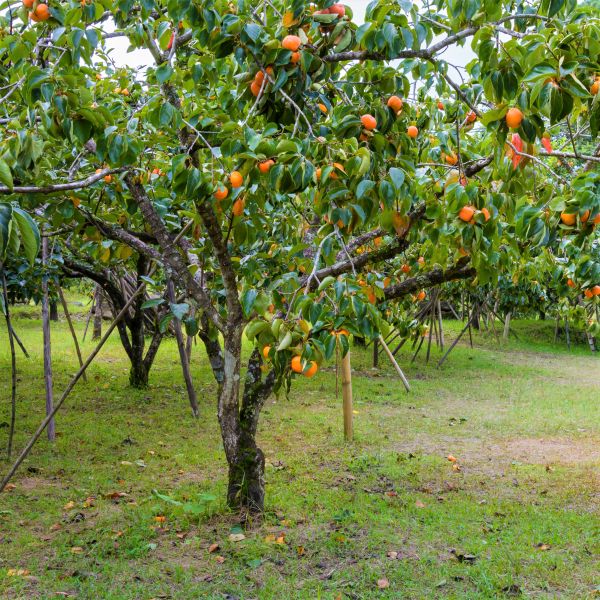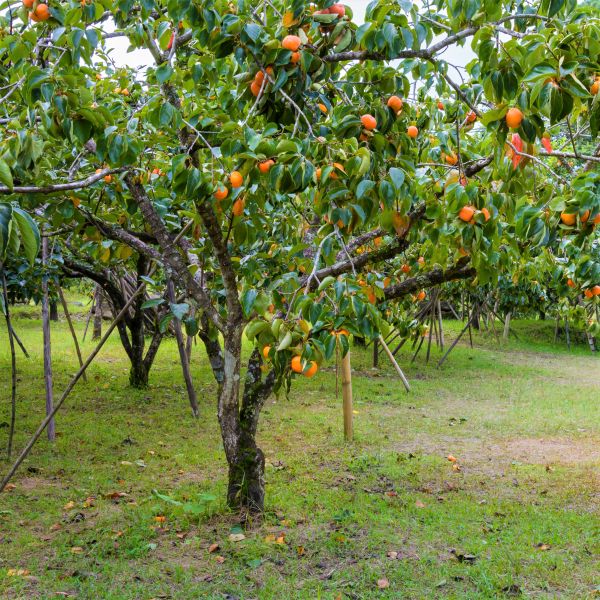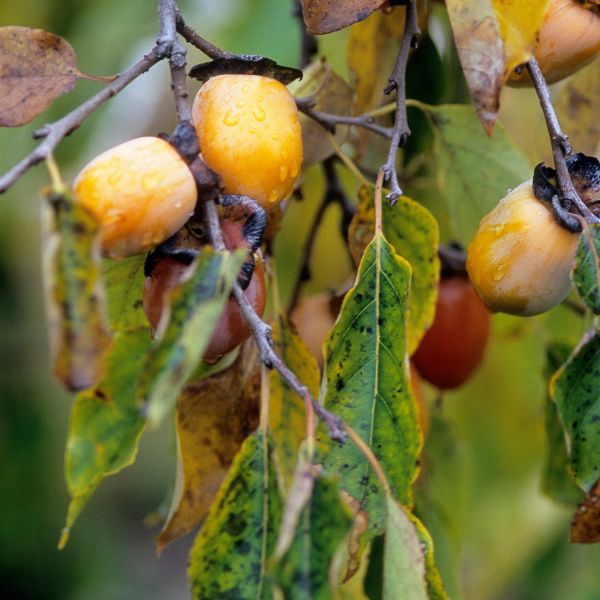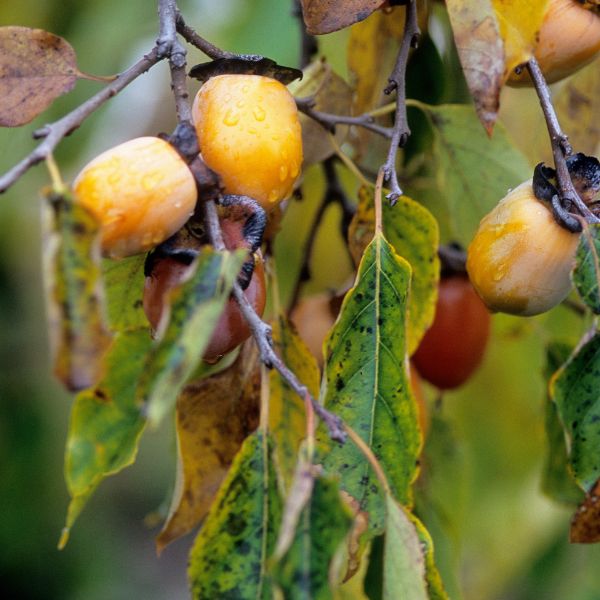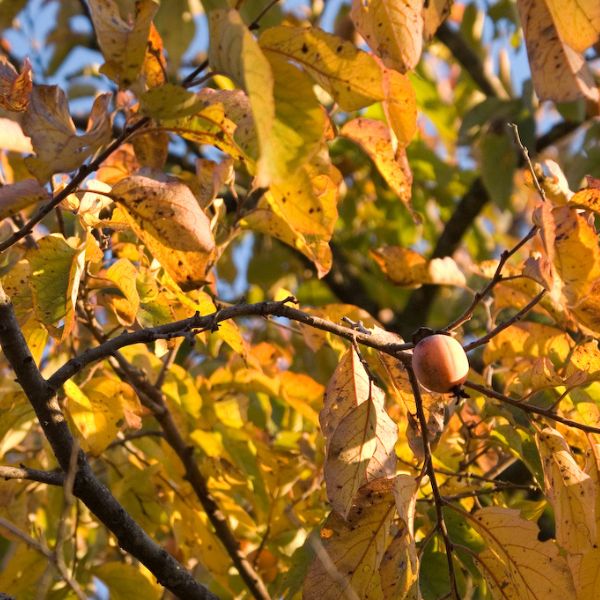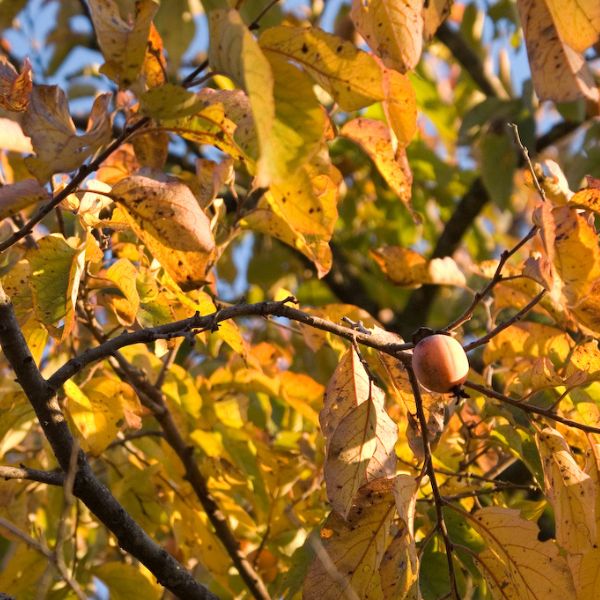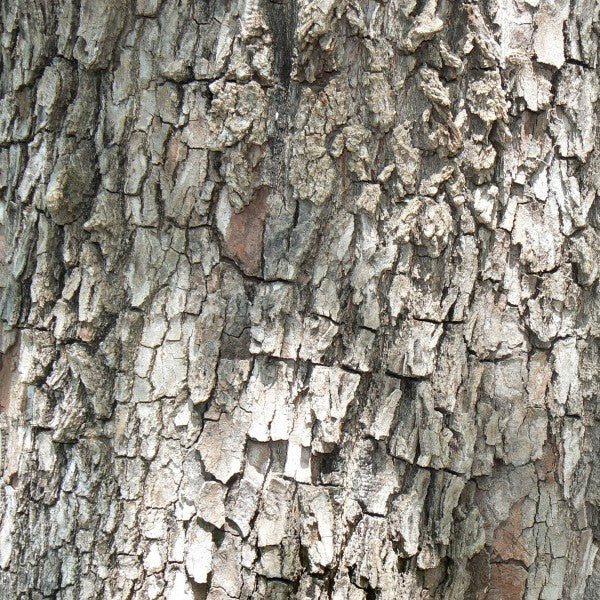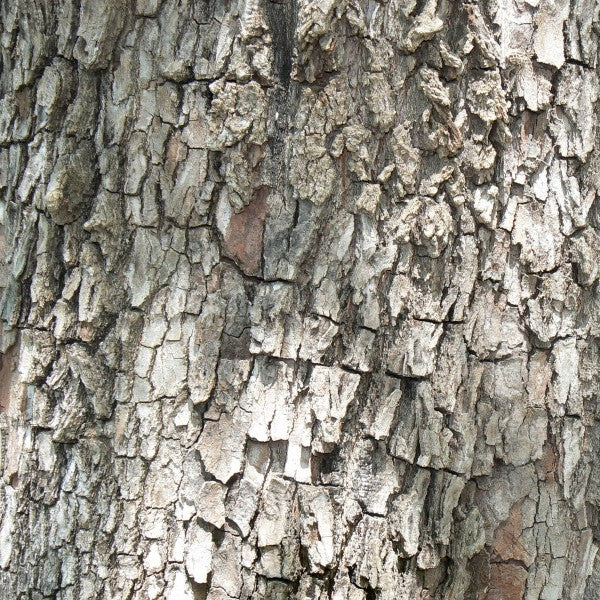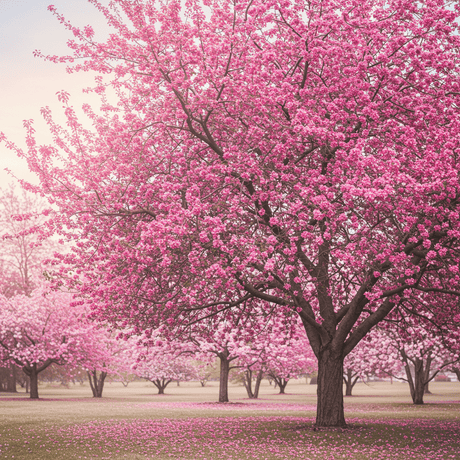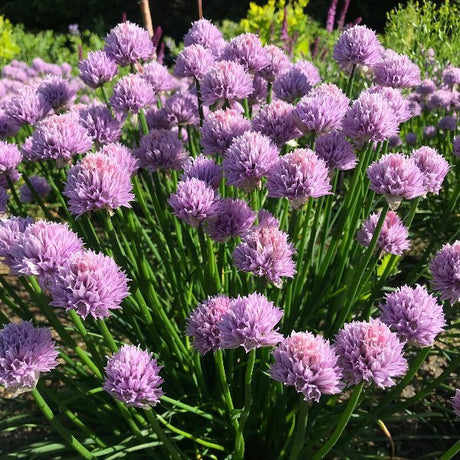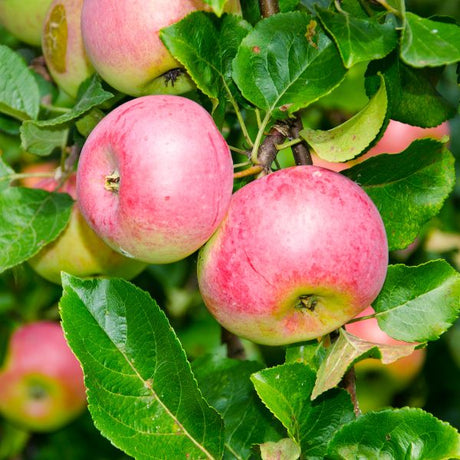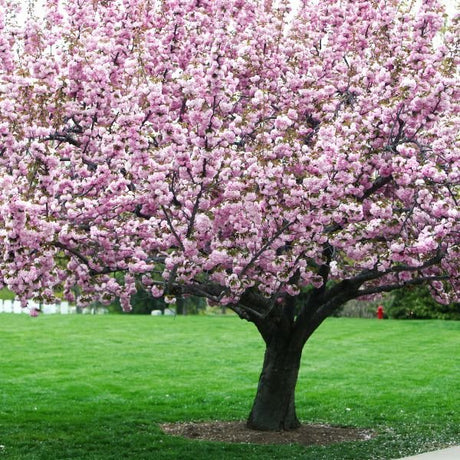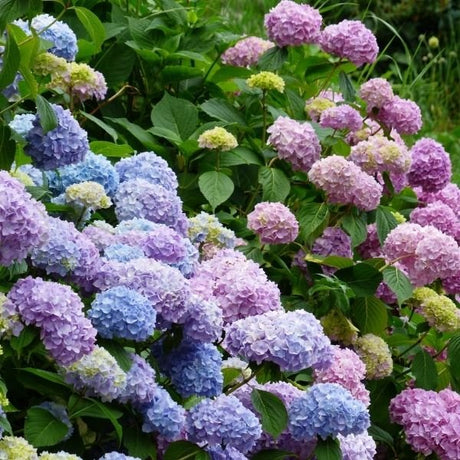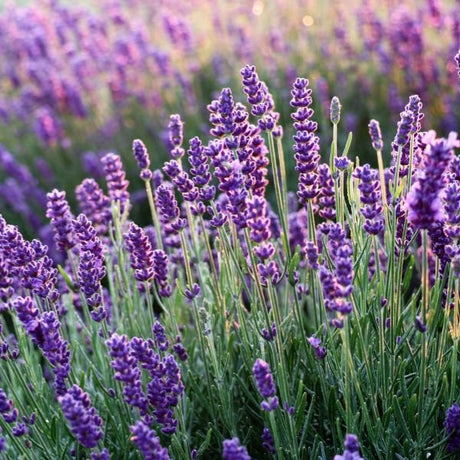American Persimmon Tree
Diospyros virginiana
- Stay Protected with Plant Sentry ™
American Persimmon Tree - #3 Container is backordered and will ship as soon as it is back in stock.
Plant Sentry™
Plant Sentry™

Plant Sentry™ Protected
Your order is protected by our compliance system that:
- Prevents restricted plants from shipping to your state
- Ensures plants meet your state's agricultural requirements
- Protects gardens from invasive pests and diseases
Delivery and Shipping
Delivery and Shipping
Delivery and Shipping
Fast, Safe Plant Delivery
Ships in 3-4 business days • Tracking provided • Weather protected
| Under $50 | $9.99 |
| $50 - $99.99 | $14.99 |
| $100 - $149.99 | $16.99 |
| $150+ | $24.99 |
✓ Zone-specific timing • ✓ Professional packaging • ✓ Health guarantee
Understanding Plant Options
Nature Hills offers plants in two main formats:
- Container Plants: Grown in pots with soil, sized by container volume and plant age
- Bare Root Plants: Dormant plants without soil, sized by height measurements
Container Plant Sizes
Container sizes indicate plant age and growing capacity rather than liquid volume equivalents. Our containers follow industry-standard nursery "trade gallon" specifications, which differ from standard liquid gallon measurements.
Young Plants (6 months to 18 months old)
| Container Size | Actual Volume | Metric Equivalent |
|---|---|---|
| 2" x 2" x 3" | 0.18 - 0.21 dry quarts | 0.20 - 0.23 dry liters |
| 4" Container | 0.31 - 0.87 dry quarts | 0.35 - 0.96 dry liters |
| 4.5" Container | 0.65 dry quarts | 0.72 dry liters |
| 6" Container | 1.4 dry quarts | 1.59 dry liters |
| 1 Quart | 1 dry quart | 1.1 dry liters |
| 5.5" Container | 1.89 dry quarts | 2.08 dry liters |
Established Plants (18 months to 2.5 years old)
| Container Size | Actual Volume | Metric Equivalent |
|---|---|---|
| 2 Quart | 2 dry quarts | 2.2 dry liters |
| #1 Container | 2.26 - 3.73 dry quarts | 2.49 - 4.11 dry liters |
| 5" x 5" x 12" | 3.5 - 4.3 dry quarts | 3.85 - 4.74 dry liters |
Mature Plants (2-4 years old)
| Container Size | Actual Volume | Metric Equivalent |
|---|---|---|
| #2 Container | 1.19 - 1.76 dry gallons | 5.24 - 7.75 dry liters |
| #3 Container | 2.15 - 2.76 dry gallons | 8.14 - 12.16 dry liters |
Large Plants (3-5 years old)
| Container Size | Actual Volume | Metric Equivalent |
|---|---|---|
| #5 Container | 2.92 - 4.62 dry gallons | 12.86 - 20.35 dry liters |
| #6 Container | 5.25 - 6.01 dry gallons | 23.12 - 26.42 dry liters |
| #7 Container | 5.98 - 6.53 dry gallons | 26.34 - 28.76 dry liters |
Bare Root Plants
Bare root plants are sold by height from the root system to the top of the plant. Plants may exceed minimum height requirements.
Common Sizes:
- Trees: 1 foot, 2 feet, 3 feet, 4 feet, 5 feet, 6 feet
- Shrubs & Perennials: 1 foot, 18 inches, 2 feet
Important Notes
Container Volume Specifications
- Trade Gallon Standard: Our containers follow industry-standard "trade gallon" specifications established by the American National Standards Institute (ANSI Z60.1) for nursery stock
- Volume Variations: Actual soil volume may vary due to plant root systems and growing medium settlement
- Age Indicators: Container size primarily indicates plant age and maturity rather than liquid volume equivalents
Growing Conditions
- Plant size can vary based on variety and growing conditions
- Container size helps indicate plant maturity and establishment level
- Larger containers generally mean more established root systems and faster landscape establishment
Seasonal Availability
- Bare root plants are available seasonally when dormant
- Container plants are available throughout the growing season
- Specific varieties may have limited availability in certain sizes
Questions?
For questions about specific plant sizes or availability, please contact our plant experts who can help you choose the right size for your landscape needs.
Plant Highlights
American Persimmon Tree highlights at a glance!
-
Brand
-
Plant Class
-
Botanical Name
-
Characteristics
-
Suitable Space
-
Growing Zones4, 5, 6, 7, 8, 9
-
Mature Height
-
Mature Spread
-
Sun ExposureFull Sun
-
Moisture
-
Soil
-
Growth RateModerate
-
Flower Color
-
Fall Color
-
Pollinator FriendlyYes
-
Pollinator Required
-
Pruning Time
-
Bloom PeriodLate Spring, Early Summer
-
NativeYes
-
FragrantYes
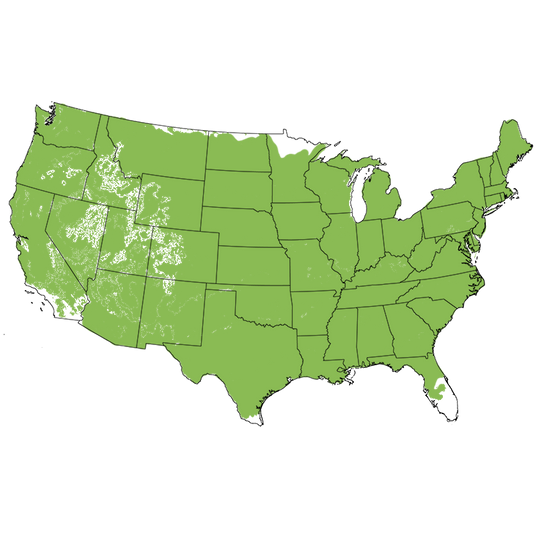
Growing Zones 4-9
Sweet Heritage Fruit And Four-Season Beauty
People across America are rediscovering the American Persimmon Tree (Diospyros virginiana) - a gorgeous native fruit tree with historical roots and modern appeal! Once a cherished food source for Native Americans, this easy-care tree produces nutrient-rich, edible fruit and shows off ornamental bark, vibrant foliage, and spectacular fall color.
With lush green leaves in spring, fragrant blooms in summer, and fiery autumn foliage that glows in red, orange, and gold, this tree provides four-season beauty. After leaf drop, its thick, blocky gray bark and hanging fruit add winter interest to your landscape. Cousin to the Asian Persimmon, it bears round fruit that ripens from green to orange, red, or even soft purple, offering a uniquely sweet, nutty flavor once fully ripe.
Native to much of the eastern United States, the American Persimmon is part of the Ebony family - related to the tropical Ebony tree prized for its rich, dark wood. Its fruit has nourished people and wildlife for centuries, used in puddings, breads, and even coffee-like drinks made from the roasted seeds. This is a tree that gives and gives - to you, your landscape, and your local ecosystem!
>>Jump to Planting & Care Instructions
Key Features
- Beautiful native fruit tree with ornamental bark and fall color
- Sweet, soft-textured fruit with nutty flavor when ripe
- Red, yellow, to purple fruit color progression
- Thrives in full sun and a wide range of soil types
- Four-season interest - spring foliage, summer flowers, fall fruit and color
- Excellent for edible landscapes, orchards, and wildlife gardens
- Cold-hardy and low maintenance once established
Landscaping Uses
Add an authentic touch of American heritage to your garden with this multi-use fruiting tree! Reaching 35–60 feet tall and up to 35 feet wide, the American Persimmon is perfect for large landscapes or naturalized plantings.
- A specimen tree or anchor plant in the landscape
- A naturalized thicket or wildlife hedge planting
- A backdrop for perennial and shrub borders
- An addition to a home orchard or edible garden
- A conversation piece in native and heritage garden designs
Care & Maintenance
USDA Growing Zones: 4–9
This deciduous native fruit tree is hardy, resilient, and rewarding. It's drought-tolerant once established and thrives in full sun. For best fruiting, plant at least two trees for cross-pollination.
- Planting Time: Best planted in spring or fall when the soil is workable. See Planting Fruit Trees for detailed tips
- Sun Requirements: Full sun for maximum fruiting and color
- Soil Requirements: Prefers enriched, well-drained soil, ideally moist sandy loam but adapts to clay and other soils
- Moisture Needs: Moderate to low once established; use the Finger Test to monitor watering, and remember young trees need consistent moisture during their first year
- Mulch: Apply a 3–4 inch layer of arborist mulch to conserve moisture and enrich soil health
- Fertilization Needs: Use fertilizer for fruit trees in spring; compost and organic matter boost growth and yield.
- Pruning Info: Prune while dormant in late winter or early spring; learn more with How to Prune a Persimmon Tree
- Pollination Needs: Dioecious tree (male and female flowers on separate plants) - plant at least two for cross-pollination and better fruit set
- Chill Hours: Low chill-hour requirement, ideal for a wide range of climates
-
Special Perks: Drought-tolerant, deer- and pest-resistant, minimal disease issues, low maintenance, and excellent wildlife value
Don't forget to order your Nature Hills Root Booster for lifelong mycorrhizal symbiotic root support.
A Truly Sweet American Classic
Bring home a living piece of history! The American Persimmon Tree adds four-season beauty, outstanding fruit, and a heritage story worth sharing. With edible landscaping trending across the country, now's the perfect time to plant this native treasure.
You can even have a little fun with folklore; many gardeners still split Persimmon seeds open in the fall to "predict" the coming winter! According to old tradition, a spoon shape inside means heavy snow, a knife means a bitter, cutting cold, and a fork promises a mild, easy winter. Curious about other plant-based legends and truths? Explore more in Superstitions Rooted in Plants and the Truth on Growing a Successful Garden. It's just one more reason this tree is beloved for both its beauty and its seasonal charm.
Order your American Persimmon Tree today from Nature Hills and enjoy its timeless charm, abundant fruit, and natural beauty right in your own backyard!
FAQs
Is the American Persimmon self-pollinating?
No, most American Persimmons are dioecious, meaning you'll need at least two trees for proper pollination and fruiting. Learn more in Fruit Tree Pollination.
When does the American Persimmon produce fruit?
Fruits typically ripen in the fall, often after the leaves drop, revealing their striking orange to purple colors.
Can you eat American Persimmon fruit straight from the tree?
Yes, but only when fully ripe and soft. Unripe fruit is very astringent until it reaches full sweetness.
How fast does the American Persimmon grow?
It's a moderate grower, gaining about 12–24 inches per year under good conditions.
Is the American Persimmon tree good for wildlife?
Absolutely! Birds, deer, raccoons, and other wildlife love the sweet fruit, and the tree provides excellent habitat and cover.

